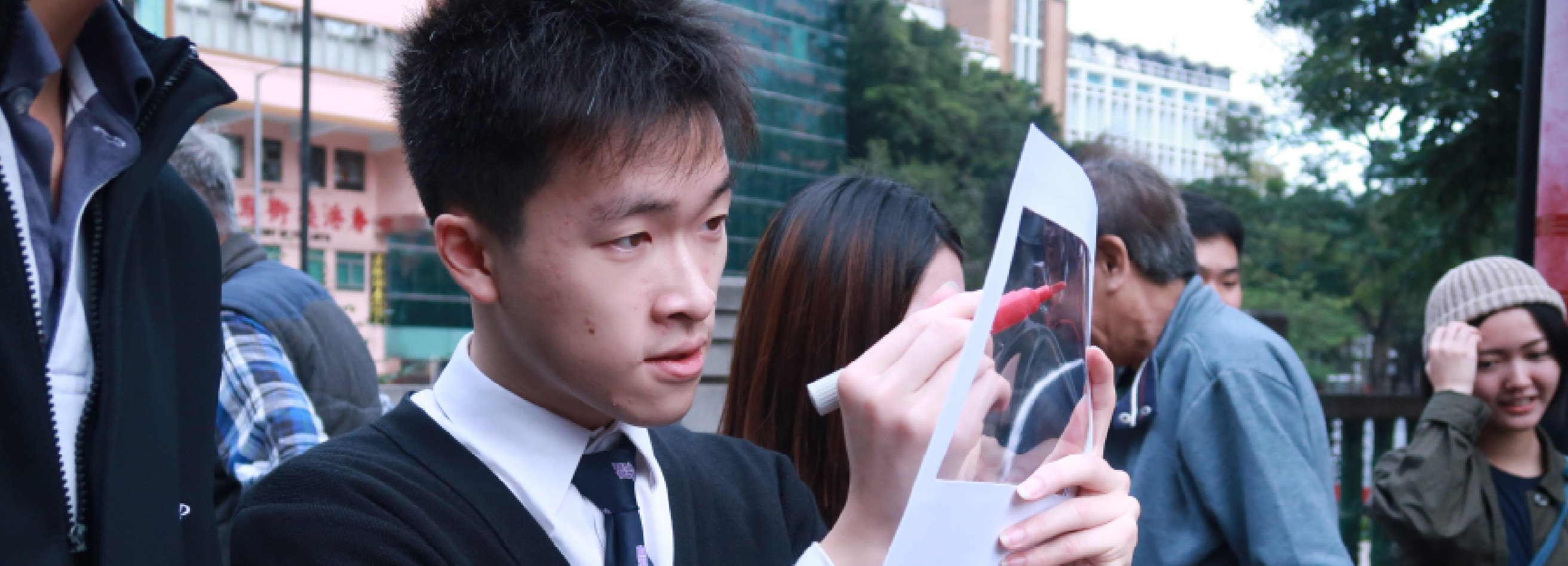Author: Fred Li (Co-founder, TALK Research & Innovation Management)
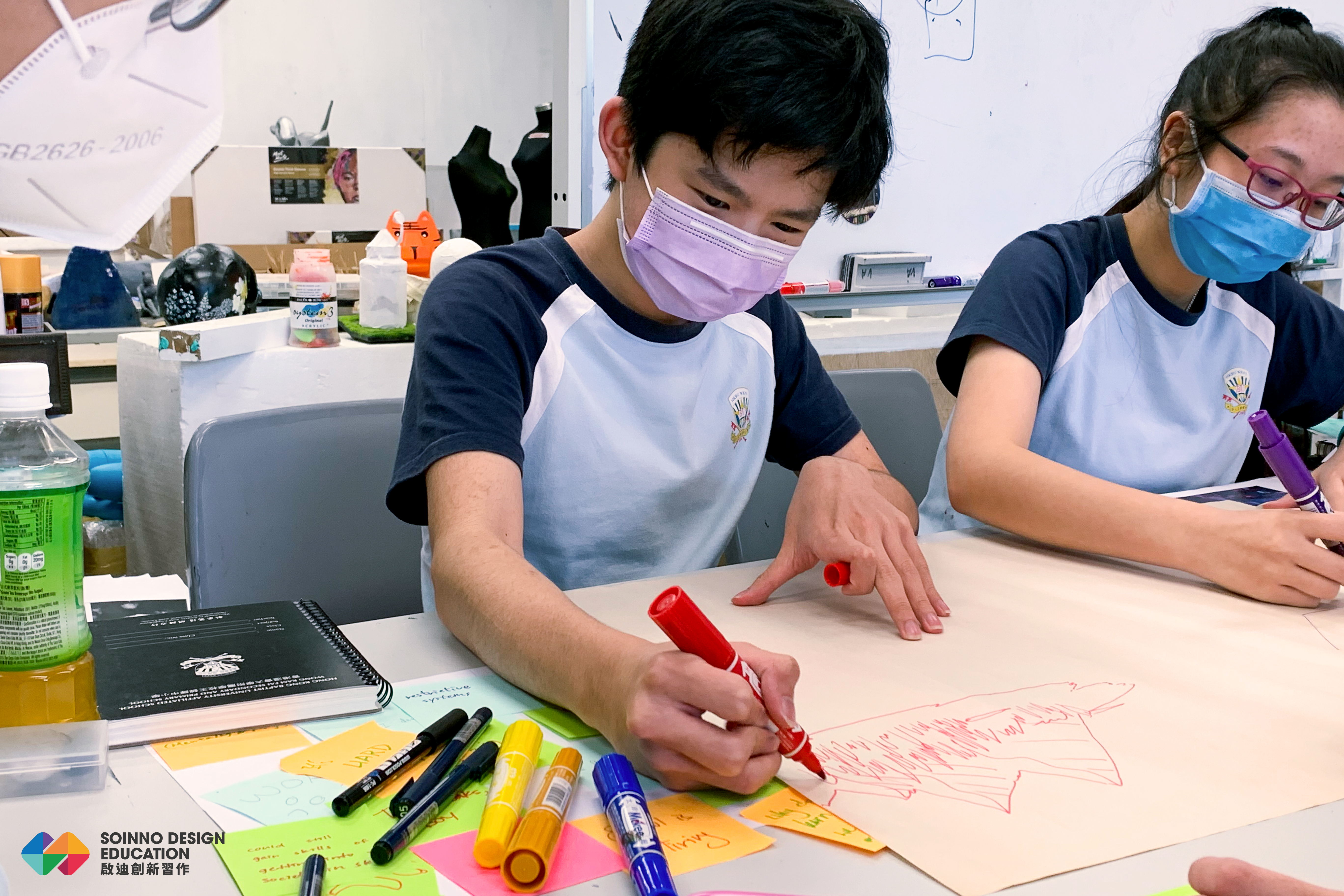
I wanted to use this opportunity to reflect on my design training sessions as a facilitator with a group of Form 4 Visual Arts (VA) students studying at Hong Kong Baptist University Affiliated School Wong Kam Fai Secondary and Primary School. In my many years of design training, this is a very special yet challenging experience. The sessions were broken into 8 different in school sessions, a week apart each with less than a full hour per session. In this reflection, I’ll share my experience in design thinking workshops and afterthoughts, the student experience, and the application of a few SoInno design tools and plausible iterations for future improvements.
My belief in design thinking and social innovation
My experience started as a participant in many global hackathons, in forms of policy, health, technology, social and more. From North America to Africa, Asia is my most recent destination in taking part in different facilitation roles. No matter the demographic and cultural differences, as I understood it, design innovation is universal to humans, and can inspire and enable creative confidence in anyone. And what I hold most core to this belief, is that innovation is a seed from identifying gaps in experience and solutions we encounter on a daily basis.
“It’s better to solve the right problem approximately than to solve the wrong problem exactly” - John Turkey
The idea of innovation is often treated as creative - a span of “a-ha” moments and insights from each of our own minds. Granted the enthusiasm and all, most innovation fails to leap forward because we mistook innovation with preconceptions without proper understanding of the issues at hand. And most of the time, it is also our preconceptions that blind us from new perspectives to see things differently. In the essence of social design, bias and assumptions often lead to pitfalls of solutions created, doing more harm than goods - especially when we forget that humans (as to society) constantly evolve, and innovation never “ends”. Innovation is a process, it’s not a destination.
The design planning
The workshops format consists of 8-9 sessions, designed to go through 4 of 5 of the design thinking process (empathy, define, ideate, prototype). At the end of every session, a reflective dialogue amongst the facilitators and teachers was conducted to collect feedback and to iterate the interactions on the next session as deemed necessary. Since the participating students were all from a creative background, I took the assumption that day in day out the students would not be lacking any creative opportunities to polish their skills. Therefore, I took the liberty to weigh in close to 50% of the learning in problem thinking and conversational exchanges, in hopes to introduce a new learning experience to the students. And finally, a list of social-related and distance learning topics were chosen as references (for relevance to the pandemic situations affecting the students daily).
Session 1 to 4 consists of understanding the chosen social topic per team. By breaking down early stage information, such as what is known and unknown, facts to frictions causing the issues, and stakeholders impacted, the students were facilitated to immerse in building contexts in problem framing. Tools from SoInno design approach were incorporated as part of the learning process, but were not fully utilised as per design due various reasons, which I will share later in the section. The latter half of the program focused on ideation and prototyping the conceptual solutions.
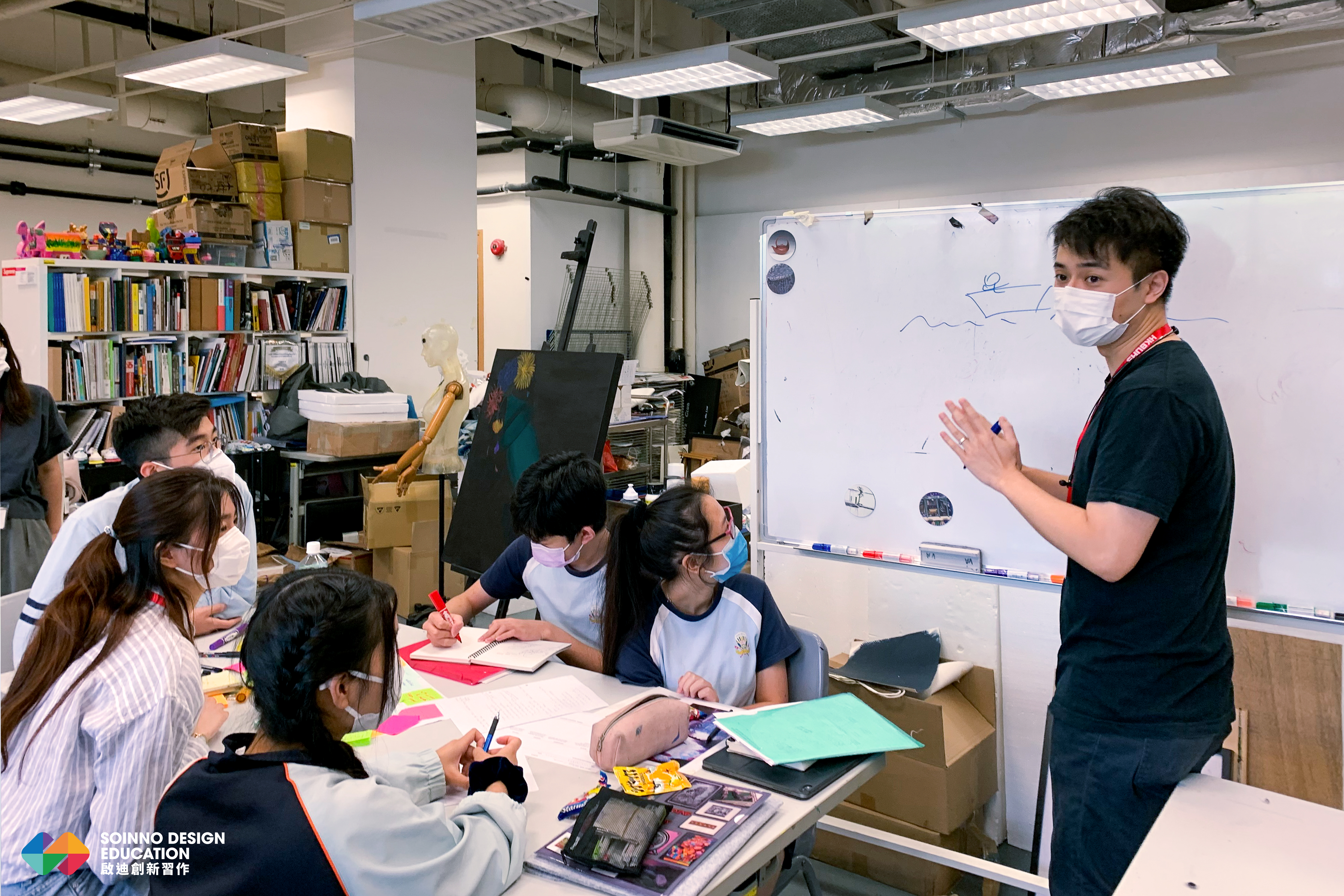
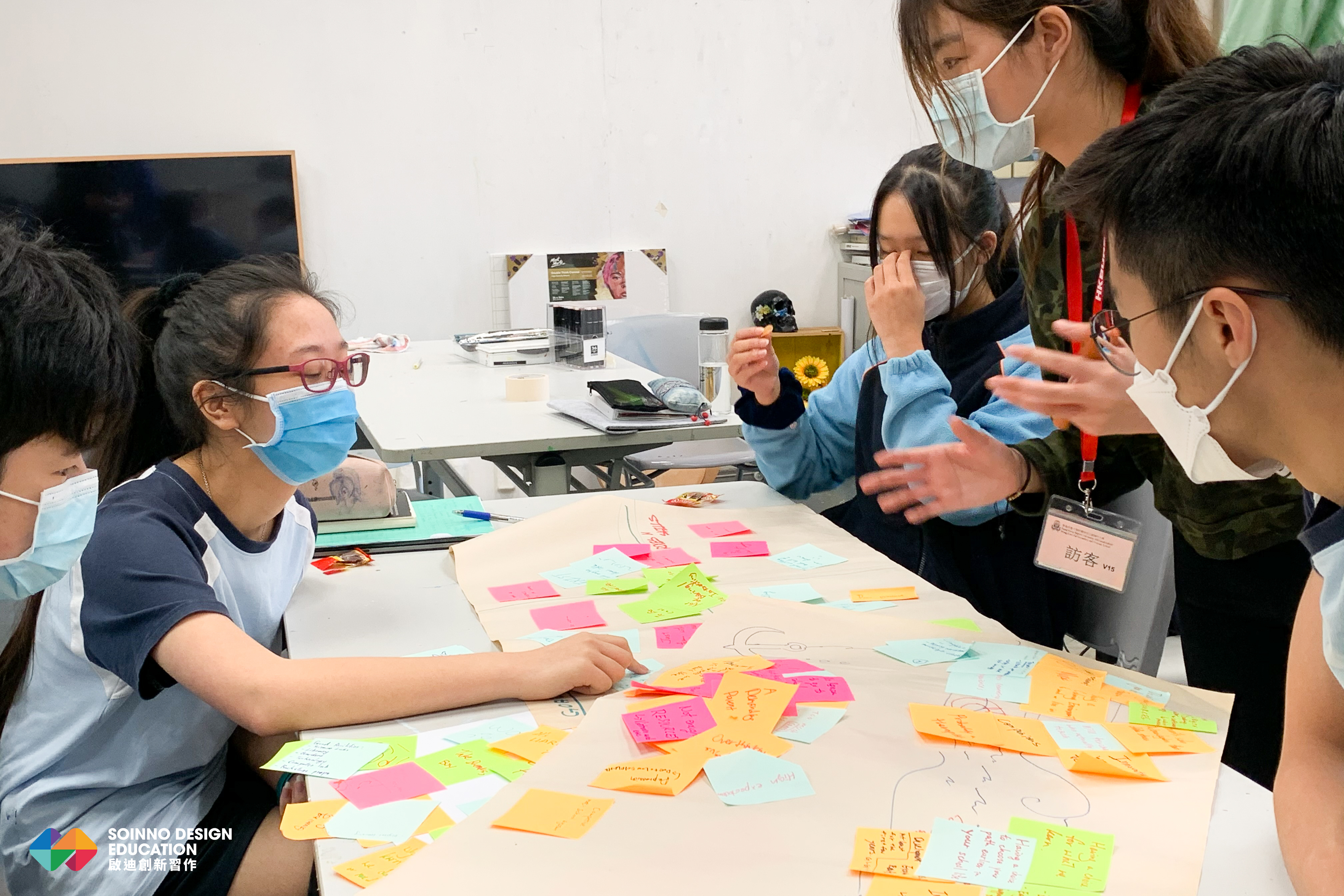
The experience reflection
Immersing in various design thinking practices under such time constraints can be proven very difficult, especially with participants completely new to the concept. First of all, each session was conducted one week apart with approximately 50mins each (excluding the student feedback time). Students not only have to remember what they’ve practiced a week ago, as the information stacks, but they are also rushing between classes. Shortly into the first 3 sessions, students and teachers of the school became concerned with the open explorative process, and the deep level of thinking required. The facilitation team immediately discussed measures in which we can enhance the interaction, such as standing up together for discussion, incorporating exercises to draw alongside with word building, and more. In parallel, facilitators became more involved in participating with the students.
The SoInno design approach stresses on the practice of making - and this was one thing that I reflected most about. In particular to high schoolers as first timers, navigating through the ambiguity of the design process isn’t always most comfortable. Especially in a conventional learning environment in Hong Kong, when teachings are more direct, the hands-on practices through making can become a more visual way to build creative confidence.
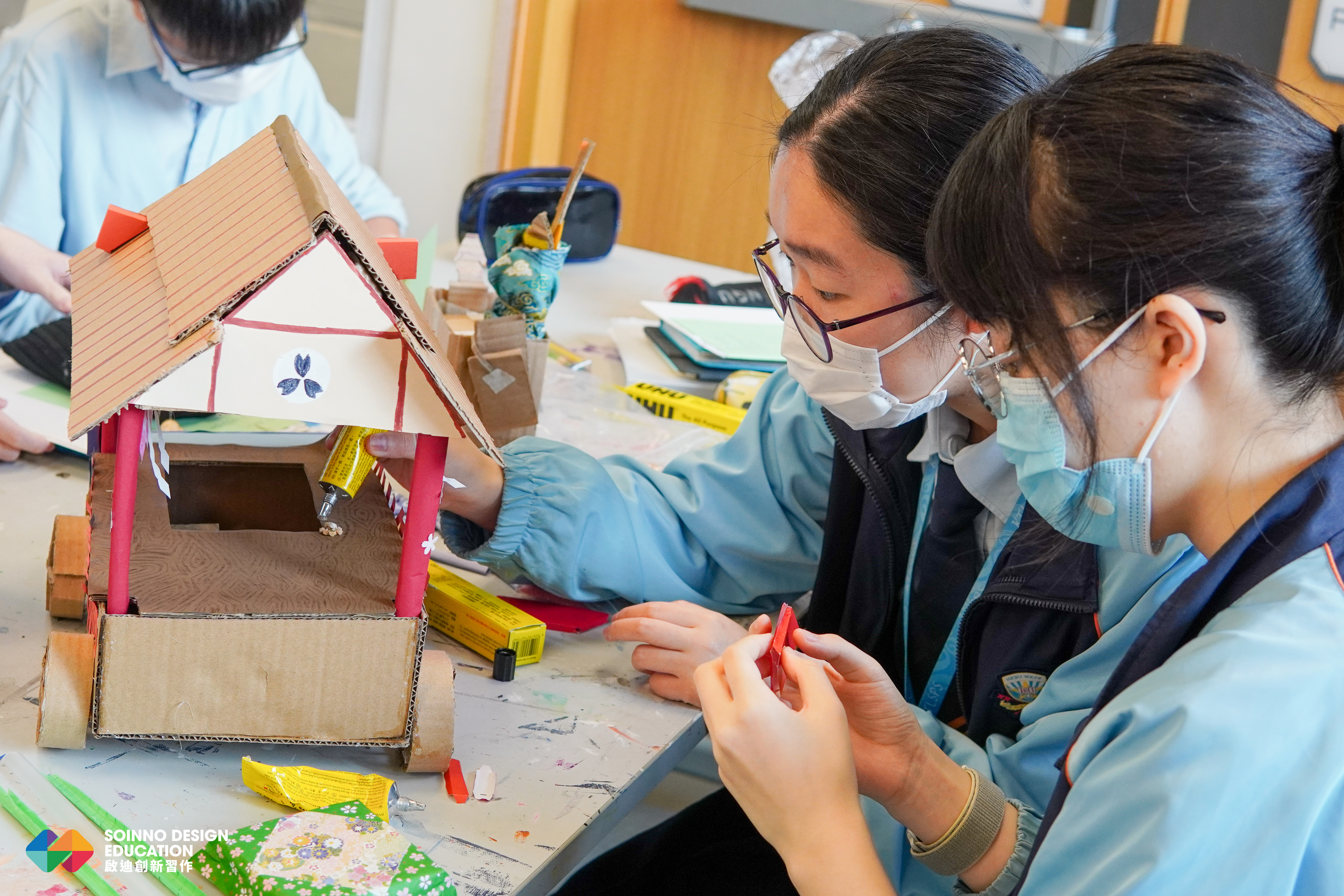
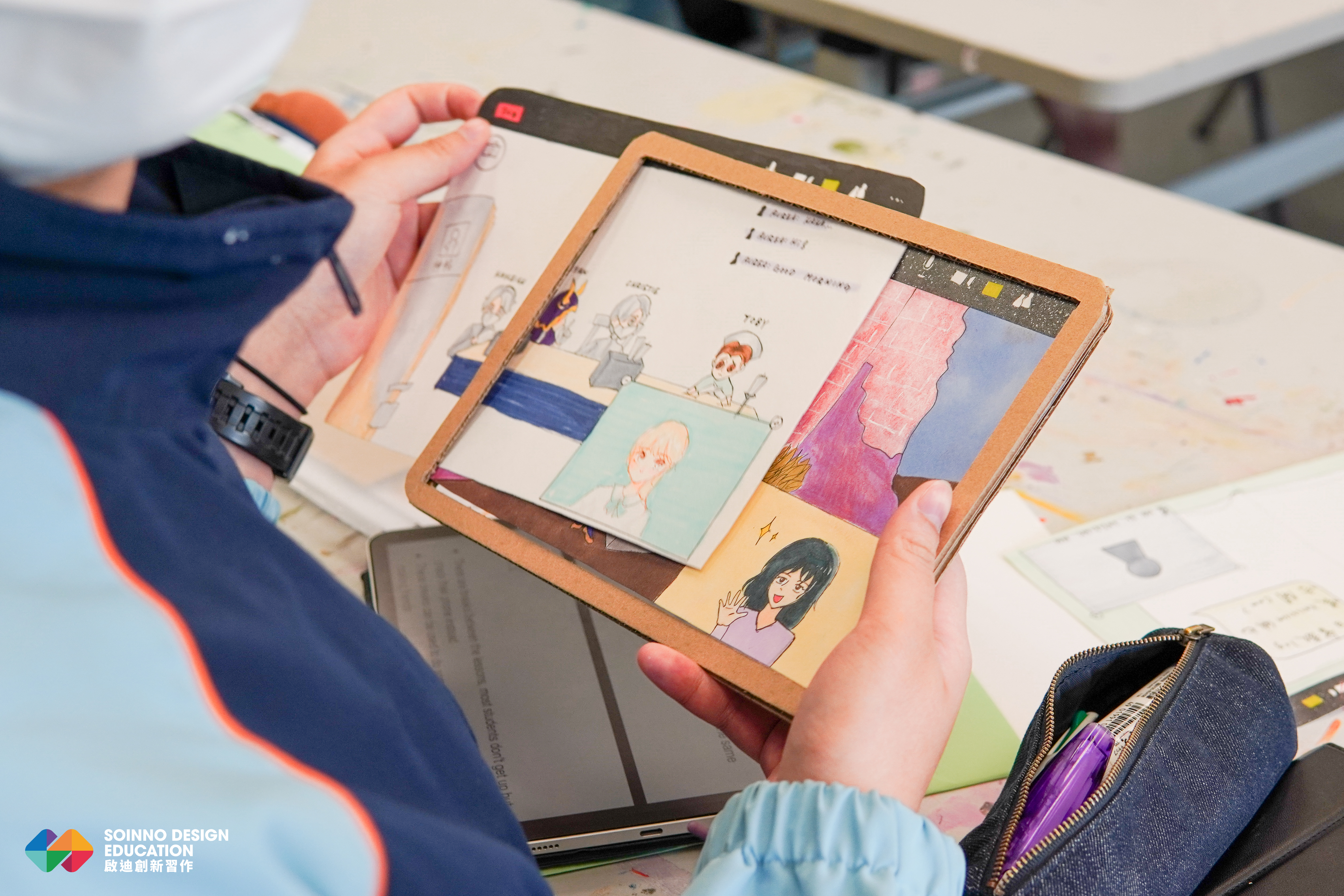
If there will be another similar experience, I believe that the truncated time can be addressed through supportive research and planning, by providing actual scenarios of the social issues for students to assess and discuss, rather than just stating the topic for open discussion until the contexts converge. This can definitely refine the thinking process and reduce the dependency bounded by the students’ knowledge and experience. Furthermore, I would consider using a rapid prototyping approach (instead of design thinking) to make, refine, and iterate - it’s easier to see and understanding rather than to think and define.
The application of tools and more
For experienced facilitators and practitioners in design thinking, the tools designed in the SoInno teaching kit are clearly designed with instructions. Tools are designed for at least 60 minutes, 120 minutes and more, and may or may not work in conjunction with each other.
With my time constraints, the practicality of the tools were out of question. Therefore I had to leverage my personal experience to alter the forms of delivery. It would be difficult to comment on the real application, however, I would still like to make a few recommendations for future improvements. Firstly, I realised some of the tools can operate without a defined topic, while some can be standalone. It would be nice to see how each of the tools can work together like a series (take LUMA Institute on their design thinking kit for example). Secondly, I personally would love to see the tools on clustering and problem framing to be more refined - it’s also one of the most difficult parts before ideation starts. For example, I added a problem tree with 5 Whys (as visual guidance). Lastly, it’ll be great to add short trigger exercises (e.g crazy 8s, speed boat, etc) alongside the tools for an extra element of fun and interaction.
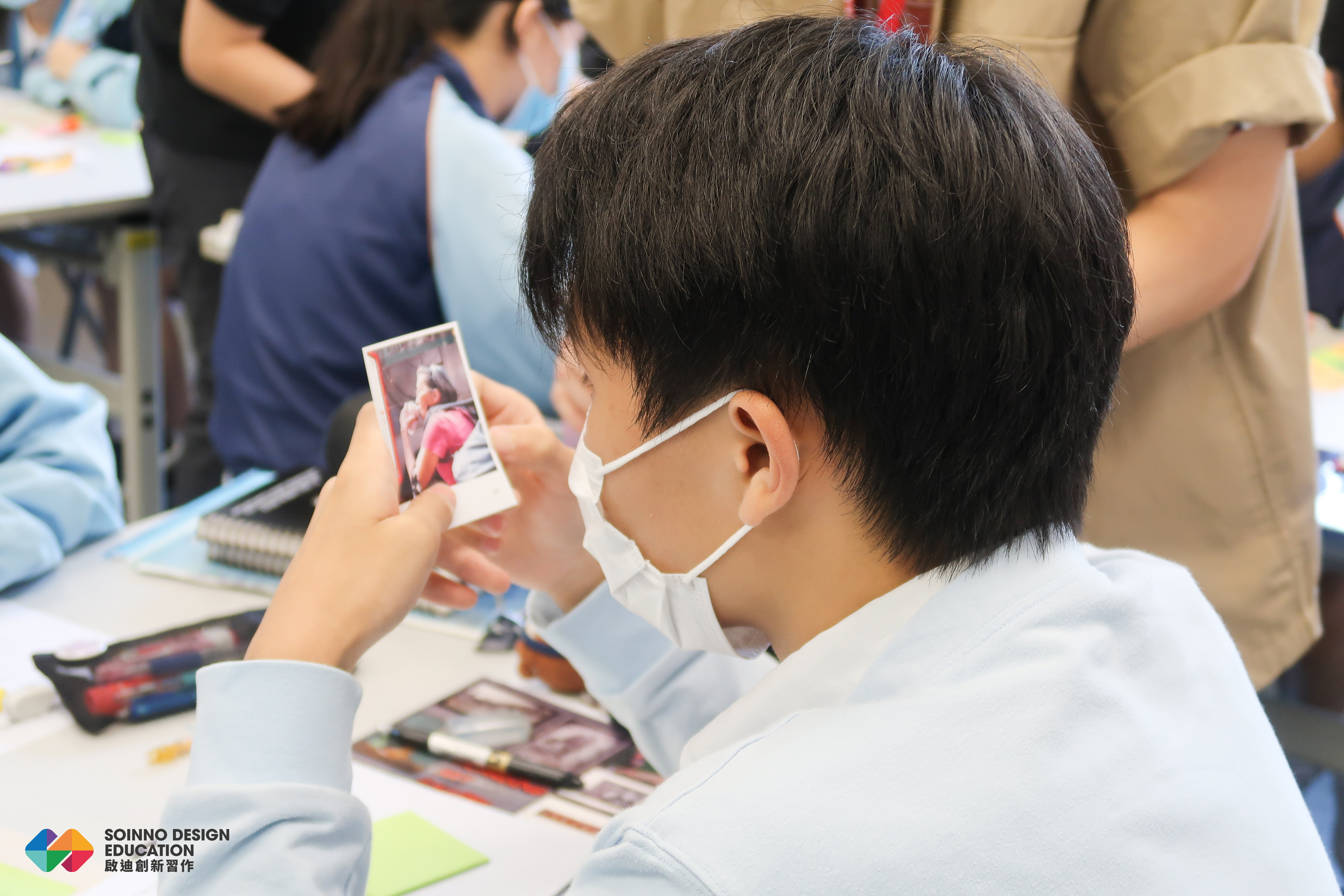
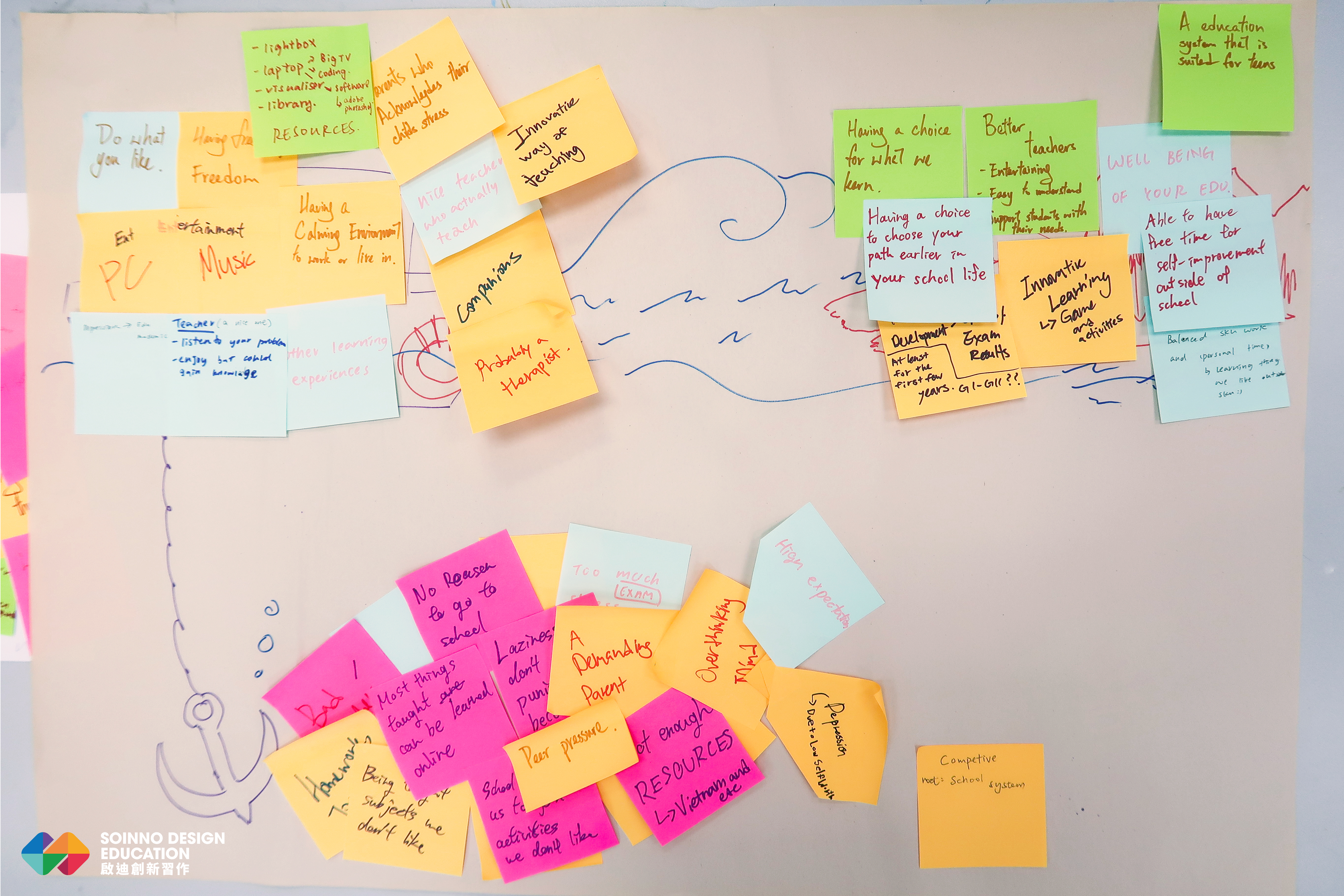
In conclusion, I believe that the SoInno program and its teaching kit is a great vehicle for HK secondary schools, particularly when some instructions incorporate local cultural understanding and interactions, like ‘Old main (潛烏龜)’. I personally chose the SoInno dice and Inspiration Cards as inspiration tools during the ideation stage as well. And in reality, the visual stimulus allowed the students to express more opinions and yield higher engagement.
I look forward to seeing its success and wider adoption across HK. The next generation can definitely benefit from being more empathetic and in cultivating their creative intelligence for better society.
